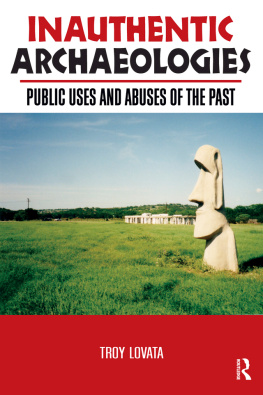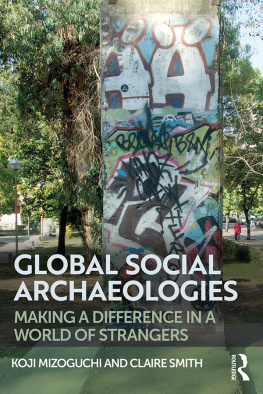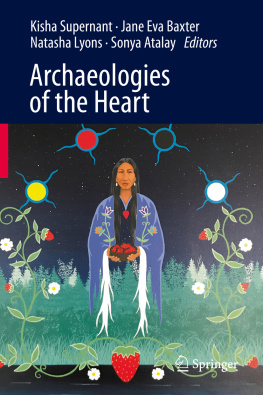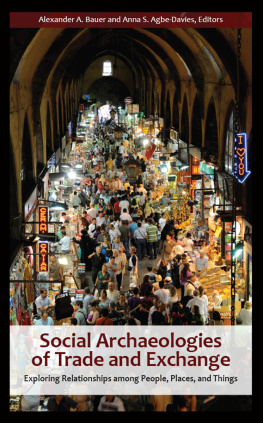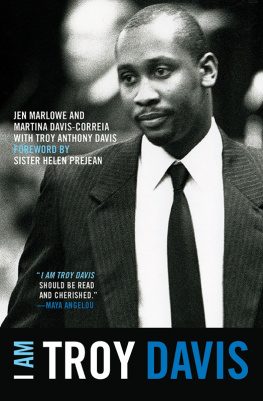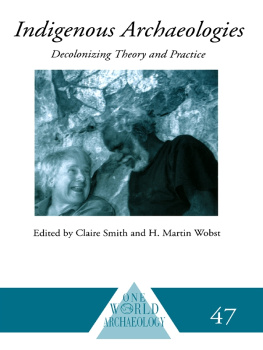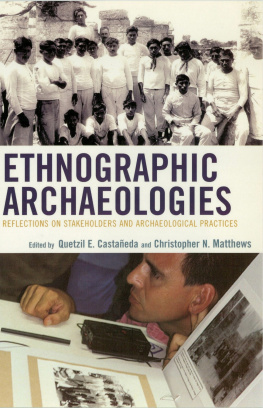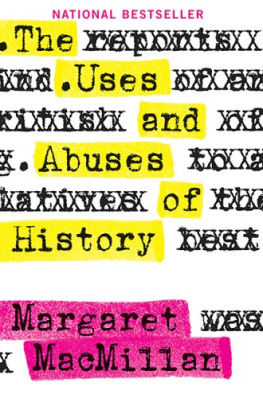INAUTHENTIC ARCHAEOLOGIES
Inauthentic Archaeologies
Public Uses and Abuses of the Past
Troy Lovata
First published 2007 by Left Coast Press, Inc.
Published 2016 by Routledge
2 Park Square, Milton Park, Abingdon, Oxon OX14 4RN
711 Third Avenue, New York, NY 10017, USA
Routledge is an imprint of the Taylor & Francis Group, an informa business
Copyright 2007 Taylor & Francis
All rights reserved. No part of this book may be reprinted or reproduced or utilised in any form or by any electronic, mechanical, or other means, now known or hereafter invented, including photocopying and recording, or in any information storage or retrieval system, without permission in writing from the publishers.
Notice:
Product or corporate names may be trademarks or registered trademarks, and are used only for identification and explanation without intent to infringe.
Library of Congress Cataloging-in-Publication Data
Lovata, Troy, 1972
Inauthentic archaeologies: public uses and abuses of the past /
Troy Lovata.
p. cm.
Includes bibliographical references and index.
ISBN-13: 978-1-59874-010-3 (hardcover: alk. paper)
ISBN-10: 1-59874-010-5 (hardcover: alk. paper)
ISBN-13: 978-1-59874-011-0 (pbk.: alk. paper)
ISBN-10: 1-59874-011-3 (pbk.: alk. paper)
1. ArchaeologyMoral and ethical aspects.
2. ArchaeologySocial aspects.
3. Authenticity (Philosophy)
4. Forgery.
5. Pseudoscience.
6. ArchaeologyPhilosophy. I. Title.
CC175.L688 2007
930.1dc22
2006026627
ISBN-13: 978-1-59874-010-3 hardcover
ISBN-13: 978-1-59874-011-0 paperback
Contents
Writing projects often seem, to both the author and the reader, to be solitary undertakings. Yet this book owes much to the many family, friends, and colleagues who made it possible. Specific thanks go to Elizabeth Bruinsma for her ideas about Stonehenge II; Todd Lovata for his invaluable editorial comments and assistance in mapping and measuring sites; Cornelius Holtorf for presenting me with examples of his work; historian and ranger Joseph Weixelman for sharing his doctoral research on the mystery of the Anasazi; Yorke Rowan for outlining his study of the Holy Land Experience and producing, along with Uzi Baram, the especially useful book Marketing Heritage: Archaeology and the Consumption of the Past, Trent de Boer, Jannie Loubser, Mitch Allen, and Eric Shanowerwho all participated in the Comic Book and Cartoon Archaeology symposium at the Society of American Archaeology meeting in the spring of 2005 and offered invaluable insight into how people view the past; Charles T. Keally for providing information on the Japanese Paleolithic frauds; and my wife Diane for her input and unwavering support of my research.
Chapter 1
Studying Inauthentic Archaeologies
Inauthentic archaeologies are indeed archaeology. Perfunctory dismissal of them as only pseudoscientific beliefs and forged artifacts is a failure to recognize their social roles. The inauthentic can still be meaningful to people engaging with the past. Yet authentic artifacts and sites are different from archaeological fakes, frauds, replicas, and re-creations. The differences vary because not all inauthentic archaeologies are the same. Inauthentic archaeology, like authentic archaeology, is context dependent. Study of inauthentic archaeologies helps us understand how archaeology operates and how the discipline affects people.
A First-Hand Introduction to Inauthentic Archaeology
The archaeological record is not confined to only a few special places in the world. Yet we need to know what we're looking at, and what we should be looking for, to see the variety of archaeology all around us. First-hand experience can be a key to this process. First-hand experiences with the archaeological record are often the most meaningful interactions that either professional archaeologists or the general public can have with the past. They can produce an epiphany or "ah-ha" moment that brings the past into perspective.
In the summer of 1996, I took a job as a crew member on an archaeological survey of a massive reservoir that bridges the American state of Texas and the Mexican state of Tamaulipas. The region was in the midst of a severe, multi-year drought, so the water level of Falcon Reservoir had dropped tens of meters for the first time in fifty years. Archaeologists had previously studied the area when this section of the Rio Grande was first dammed in the middle of the last century. Now receding water provided an opportunity to reexamine sites, gauge how sites had been impacted, and see what new archaeology had been uncovered after decades submerged.
Our crew spent the days systematically walking the newly exposed shoreline and marking the location of any artifacts we saw. This stretch of the border is sparsely settled today, yet we encountered a large number and a wide range of artifacts in our survey. It was not out of the ordinary to find a thousand-year-old Native American dart point the same day that I saw shards of glass bottles left by Mexican American ranchers only a hundred years ago. These individual finds would later be used to define entire sites. The federal law that initiated our survey stated that these sites must be at least fifty years old to be deemed significantthat is, significant enough to qualify for nomination to the National Register of Historic Places. Archaeologists uncover interesting artifacts and sites all the time that are less than fifty years old. But I was doing a government job that had very specific guidelines about what we recorded and what we ignored.
The vegetation around Falcon Reservoir had come back quickly after decades of being submerged. During my surveys, I walked across grassy pastures with only the husks of dead trees to remind me that quite recently I would have had to swim the same path. One morning, I reached the end of one such field and, under the shade of a fast-growing salt bush, I happened on a small pile of sharp stones. They were grey colored and fine grained and experience had taught me that they were a chert from central Texas. They weren't a tool themselves, but I saw that they could be pieced together. The flakes matched each other and had obviously come off the larger chunks. Hi is was the debris left over from making a single stone tool. I congratulated myself for having found not just a set of artifacts, but a real archaeological raritya discrete site that encompassed a single instance of human behavior.
However, my enthusiasm had already started to wane by the time the rest of the crew arrived to admire the find. The artifacts clearly weren't half-buried. Instead, even the smallest flakes sat on the surface. Most sat atop the vegetation. This pile seemed just a little too tidy to be prehistoric. The crew spotted dusty footprints around the artifacts and noticed tire tracks nearby. Border smugglers, ranchers, recreational fisherman, and hunters frequented this area and had created a jumble of impromptu dirt roads across the newly dry lake bed. We also saw that the site lay on a low, but nonetheless scenic, prominence with a good view of the water. I noticed that I had taken advantage of the shade when I sat down to inspect the stones. And we all thought back to the local sportsmen, many of whom collected arrowheads. We thought about the large number of collectors who had become avid amateur archaeologists and tried their hand at flint knapping. Flint knapping is a popular pastime in Texasthere are clubs, organized competitions, and frequent demonstrations of how people had once made stone tools. Amateurs valued the high quality and easily attainable cherts from central Texas.


